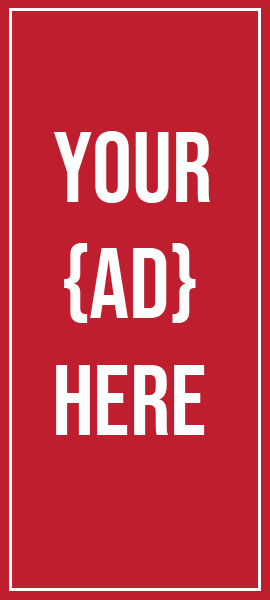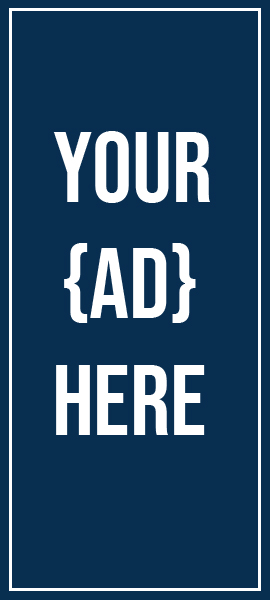
The Proposal Outline
I try to leave out the parts that people skip.
– Elmore Leonard
Introduction
There is a widespread misunderstanding that business proposals and company plans are one and the same thing. The purpose of the proposal is to market your company’s product or service rather than the company itself. A proposal will help you find new clients, as opposed to supporting you in your search for investors who will provide funding for your company.
Now that we have our background information, it’s time to start creating the framework for the proposal. The preparation process that we outline in this module may seem detailed and comprehensive – and it is. Why? The more detailed and accurate your outline is the more cohesive and persuasive your proposal will be.
With that being said, the outline should not be set in stone. It must evolve as the proposal is being built.
A General Format
Proposals vary widely in their size and structure. However, most proposals include the following elements, listed in the order that they typically appear in the proposal:
Cover Letter: Like a resume cover letter, this document outlines what your company is, the basic thrust of the proposal, and any conditions (such as a date of expiry). It should be signed by your senior officers.
Title Page: Every proposal should have a title. The title page should include the title, the client’s name, and address, the name of the person receiving the proposal, your company’s name, and address, and the date the proposal will be submitted. If you are responding to a request for proposal, the first line of the title page should say, “Response to Requirements,” and the proposal number should be listed below the title.
Proprietary Notice: It is always a good idea to outline how the information in the proposal can and cannot be used, shared, and transmitted. Get your legal team’s help with this section.
Table of Contents: A list of all the major sections and sub-sections in your proposal. You can use Arabic or Roman numerals; just be consistent. (Tip: Most word processors can generate this for you automatically.)
Executive Summary: This is the most important selling tool in your proposal. It should be aimed at the executives in the client’s organization (hence its name). It should outline the proposed solution, why the solution was chosen, project management details, how the product will be handed off to the organization (if appropriate), major benefits that will be realized, high-level cost and time estimates, and why your organization is the best candidate for the task.
Introduction: An explanation of why you are writing the proposal, and an overview of what to expect.
Body: The meat of the proposal, organized by headings (your major points) and sub-headings (sub-points).
Summary and Conclusions: Summarize the main points covered, the proposed solution, and why your organization is the best candidate for the task.
Bibliography: List of resources used in the proposal.
Brief check
The level of headings that you use will depend on the complexity of the report. Our suggestion: use a minimum of two and a maximum of five.
Special Sections
In addition to the standard components mentioned in the previous topic, here are some optional components that you might see in a proposal:
- Table of Figures (if there are a lot of illustrations in the proposal)
- Statement of understanding
- Organizational history
- Summary of writer’s credentials
- Proposed project timeline

- Cost-benefit analysis
- Benefits summary
- Scientific method
- Budget
- Specific project elements, such as proposed product design, marketing plan, schedule, etc.
- Problem analysis
- Glossary of jargon, technical terms, etc.
Can you think of other things to add to this list?

Creating a Framework
Once the standard components and any special sections are outlined, it is time to build the body of your proposal. To start, outline the major points that your proposal will contain.
Example
- Cover letter
- Title page
- Proprietary Notice
- Table of Contents
- Executive Summary
- Introduction
- History of Helicopters in North America
- Local History of Helicopters
- Helicopters Today
- An Overview of the Jetking H176
- Summary and conclusions
- Bibliography
Remember, this is just a guideline – you can move sections around and add additional points as you perform your research and write the proposal.
Getting Down to Details
Once you have your main points outlined, add the supporting or sub-points beneath each heading. As we mentioned earlier, we recommend at least two sub-points (and a maximum of nine) per heading. If you can’t find two sub-points, you may want to combine that major heading with another one.

In this example, we have added a few additional sub-points to points 8 and 9.
Example
- Cover Letter
- Title Page
- Proprietary Notice
- Table of Contents
- Executive Summary
- Introduction
- History of Helicopters
- Helicopters Today
- Search and Rescue Functions
- Military Operations
- Training Functions
- An Overview of the Jetking H176
- Search and Rescue Functions
- Military Operations
- Training Functions
- Summary and Conclusions
- Bibliography

Some More Details
Title page. You must convey some fundamental information here. Introduce yourself and your company. Include your name, the name of your company, the date you filed the proposal, and the name of the client or individual to whom you’re submitting the proposal.
Your title page should strike a balance between engagement and professionalism. It sets the tone, so make sure yours is streamlined, aesthetically pleasing, and not too “out there.”
Table of contents. A good user experience is valuable in almost every environment, and business proposals are no different. You must make things as straightforward and accessible to the folks on the other side of your proposal as feasible. The table of contents is the first step.
Brief check
A table of contents will inform your potential client about the topics addressed in the business proposal. If you're sending your proposal electronically, include a clickable table of contents that will take you to the various sections of your proposal for simple reading and navigation.
Executive summary. The executive summary explains why you’re submitting the proposal and why your solution is the greatest fit for the prospective client. Specificity is essential in this case. What makes you the greatest choice for them?
Your executive summary, like a value proposition, discusses the benefits of your company’s products or services and how they can address your potential client’s problem. Even if they don’t read the entire proposal, the prospect should have a good sense of how you can help them after reading your executive summary.
State the problem: This is where you summarise the issue affecting the potential client. It allows you to demonstrate that you understand their needs and the situation they need assistance with.
Here, research, critical thinking, and extra thought are essential. You must do your homework. Examine the exact challenges that your customer is experiencing and how you might assist in resolving them. Then, persuasively phrase them in a way that prepares you for the next step.
Propose a solution. This is where you provide a solution to the problem. This, like the previous phase, requires a focus on specificity and personalisation. Make sure your recommended solution is tailored to the client’s requirements, so they know you made your proposal just for them.
Tell them what deliverables you’ll give, how you’ll provide them, and when they can expect them.
Summarize with a conclusion. After delivering the preceding material, it is required to condense it into a single concluding piece. Summarize the proposal briefly. Discuss your qualifications and why you’d be the greatest candidate. Confirm your availability to start a chat. The goal at the end of the proposal is to get the client ready to collaborate with you. Give them your contact information so they can quickly follow up.
Practical Application
Steven sat across from his co-worker, Sarah, in her office. After Steven finished the first draft of his outline for her technical proposal, he needed someone he trusted to proofread it.
Sarah said, “Your cover letter and title page looked great. I couldn’t have written the executive summary better myself. There were a few questions I had about the body of the work, but they are mostly self-explanatory. …” She pointed out one particular note. “It seemed like you tried to write the Proprietary Notice yourself, right?”
Steven nodded. “I did. It was difficult to put together.”
Sarah said, “I noticed. You’ll want to get our legal team to help you with that.”
Steven said, “Thanks for your feedback, Sarah. I definitely needed it.”
Steven sought out the legal team’s help, and he presented a clean, crisp, proofread outline afterwards.





